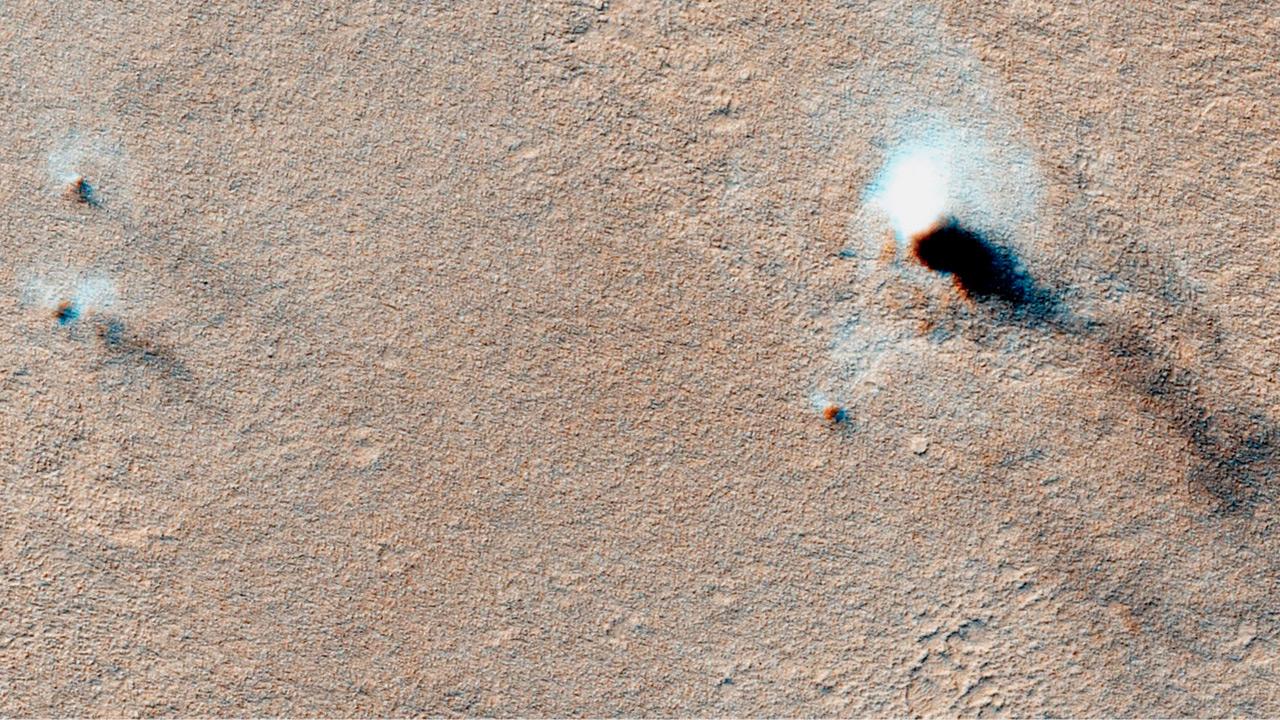**NASA’s Parker Solar Probe Sets New Speed Record Racing Through the Sun’s Corona**
Millions of kilometres from Earth, NASA’s Parker Solar Probe is hurtling through the Sun’s blistering heat at an unprecedented speed. This remarkable spacecraft has ventured closer to the Sun than any before and recently reached a record-breaking speed of 687,000 kilometres per hour— the fastest speed ever achieved by a spacecraft.
**Recent Solar Encounter**
Between September 10 and 20, 2025, the Parker Solar Probe completed its latest solar encounter, marking its fourth major flyby. During this time, it passed through the Sun’s corona, the outermost layer of its atmosphere. On September 18, the probe sent a signal back to Earth confirming that all systems were functioning normally, bringing great relief to scientists monitoring the mission.
Throughout the solar encounter, the Parker Solar Probe maintained its incredible speed of 687,000 km/h—a pace it previously reached in December 2024, as well as in March and June 2025. This speed is equivalent to travelling nearly 190 kilometres every second, a feat unmatched by any other object in the universe.
**Mission to Unravel the Sun’s Mysteries**
Launched in 2018, the Parker Solar Probe’s mission is to explore the Sun by effectively “touching” it. As it traverses the corona, the probe gathers crucial data on solar phenomena such as solar wind, solar flares, and coronal mass ejections. These events heavily influence space weather and can disrupt satellites, damage power grids, and pose risks to astronauts.
Each dataset collected by the Parker Solar Probe contributes to safeguarding our technological future by improving our understanding of these powerful solar events.
**Scientific Instruments and Data Collection**
Equipped with four scientific instruments, the probe continuously measures the energy emitted from the Sun’s surface. This data is particularly vital now, as the Sun is in the active phase of its 11-year cycle, characterized by frequent solar flares and intense solar winds. The information Parker collects is especially valuable for scientists studying solar activity and its effects on space weather.
**Preparing for the Next Mission**
Already, the spacecraft is gearing up for its next mission phase expected after 2026. NASA anticipates that detailed scientific data from the recent encounter will begin arriving on Earth in the last week of September 2025. This information will deepen our understanding of the Sun’s immense power and help make future missions to the Moon and Mars safer for astronauts and equipment alike.
Stay tuned as NASA’s Parker Solar Probe continues to push the boundaries of space exploration and unlock the secrets of our nearest star.
https://www.news18.com/world/delhi-to-mumbai-in-72-seconds-nasa-probe-breaks-physics-at-687000-kmph-ws-dkln-9593302.html
